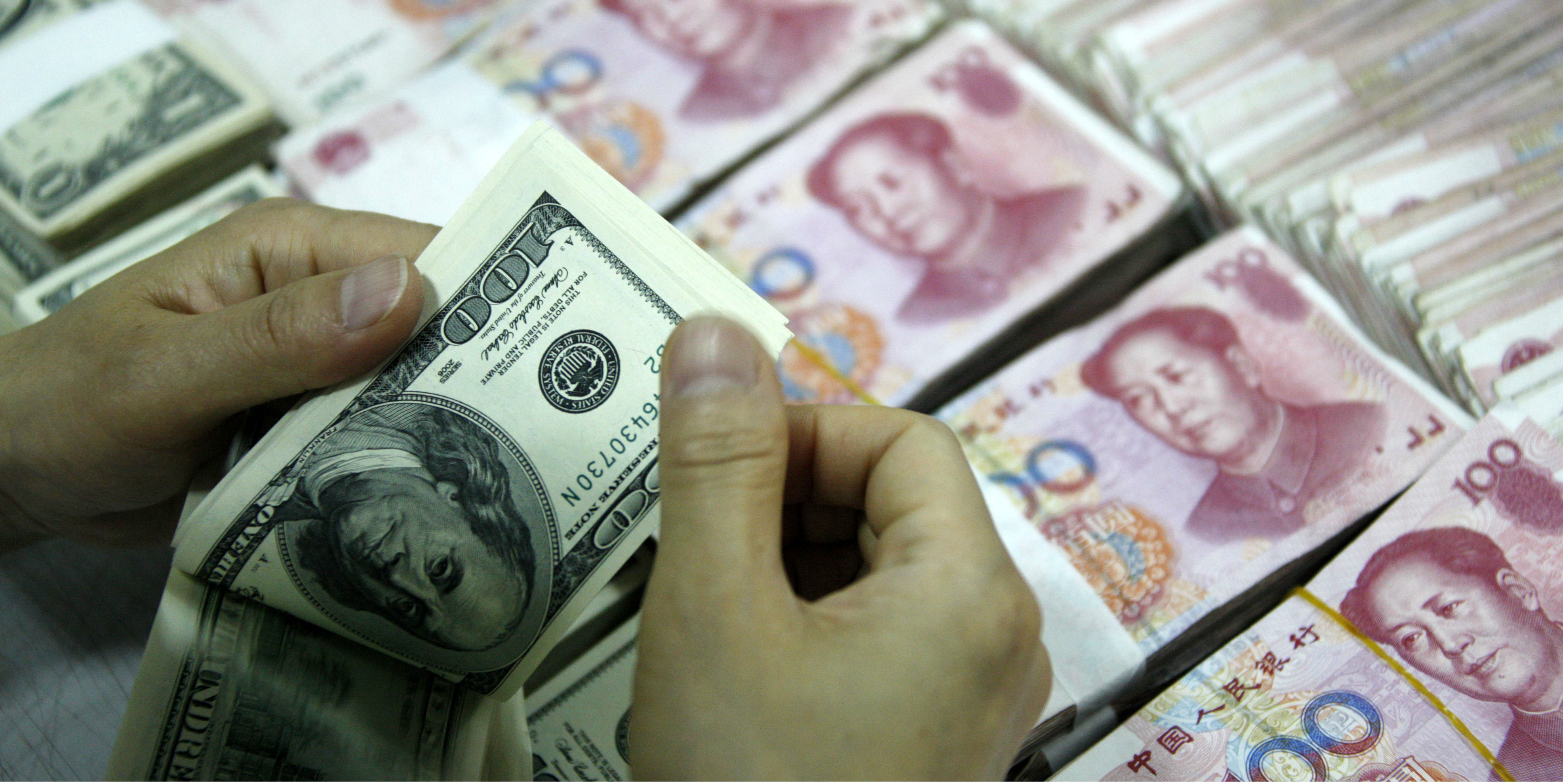

In response, the People’s Bank of China (PBoC) devalued the currency in a surprise move in August, shaking world markets in the process, initially with a 1.6 percent move in the administrative trading band. Recently, however, as the US dollar (USD) has gained strength against other major currencies, most notably the euro, the RMB has risen with it, impacting China’s export competitiveness in Europe and some emerging markets, as well as the price of many goods imported into China. In 2005, China announced the RMB would trade within a band against a basket of major currencies. There is also the potential for new growth opportunities in Asia and beyond, as market forces lead China to settle into a more sustainable growth pattern, commodity prices stabilize, China’s massive enterprises are perforce put on a more commercially oriented reform path, and the Chinese currency evolves toward a more stable instrument for global trade and investment. For example, many of the “playing field” issues that have challenged MNCs in Mainland China and in facing Chinese competition for acquisitions and market share in third countries may level off. On the other hand, the domestic and global impact of China’s slowdown may have outcomes, not entirely negative, for both Chinese and non-Chinese MNCs, as well as for emerging and industrialized economies. And, on the one hand, much more than in any other quarter, CFOs voiced strong concerns about the impact on North America of slowing Chinese growth-concerns that dampened their corporate growth expectations in some cases.
#Chinese currency rates free#
A reserve requirement ratio cut, which would free up more yuan deposits into the system, may come as soon as October, he added.In the most recent CFO Signals™ survey, in fact, only four percent of finance chiefs viewed the Chinese economy as good compared with 23 percent in Q2 (see chart: Sinking views on China). Given the headwinds, Beijing will likely “postpone the next easing move,” Zhaopeng Xing, a senior strategist at Australia & New Zealand Banking Group, wrote this week. Yuan’s weakness prompted the PBOC to set a string of stronger-than-expected yuan fixings and to reduce the foreign-currency reserve ratio for banks to support the currency.

A wider gap makes yuan-denominated assets unattractive for foreign investors and drives outflows.Ī wider policy gap and domestic slowdown concerns sent the offshore yuan to near a key 7 per dollar level that was last touched in July 2020. The surge in Treasury yields on aggressive Federal Reserve rate hike bets has widened the gap between 10-year US bonds and Chinese bonds of the same tenor to more than 70 basis points this week, the most since 2009. While PBOC officials have signaled they have enough monetary-policy room to act, the central bank may have to take a nuanced approach as it balances its twin objectives of boosting growth while keeping the currency stable, especially in the run-up to a twice-a-decade party reshuffle next month. “These suggest limited downside for China rates near term as the authorities are stepping up their efforts to stabilize the yuan.” 15 and a reserve requirement ratio cut to replace a potential liquidity withdrawal due to MLF maturities ahead,” said Becky Liu head of China macro strategy at Standard Chartered in Hong Kong.

PBOC’s moves to support the yuan have reduced “the near-term possibility for both a medium-term lending facility rate cut on Sept. That’s especially after a surprise cut in August sparked a yuan selloff that snowballed due to out-sized dollar gains. Analysts see a lower chance of a short-term move in the interest rate. Policymakers will have a window of opportunity to add cash into the financial system next Thursday when 600 billion yuan ($86 billion) of one-year policy loans come due. As a result, Standard Chartered Bank Plc and Australia & New Zealand Banking Group say injecting liquidity at this stage could undermine the PBOC’s efforts of supporting the yuan by pushing Chinese yields lower, further widening their yield gap with the US and driving outflows. The People’s Bank of China took bold steps recently to cap the depreciation in the yuan, which recently fell to the lowest in over two years. Most-Accurate US Artillery Shell Is Added to Ukraine’s Arms Queen Elizabeth II, Britain’s Longest-Reigning Monarch, Dies at 96 Queen Elizabeth’s Doctors Are Concerned for Her Health (Bloomberg) - China’s efforts to stem the yuan’s weakness are spurring bets that it may refrain from boosting liquidity in the banking system in the near term, even as Covid lockdowns and a property slowdown undermine its growth prospects.Ĭharles Becomes King as the Face of a Nation Changesĭouble Rainbow Appears Over Buckingham Palace as Crowd Gathers to Mourn Queen


 0 kommentar(er)
0 kommentar(er)
